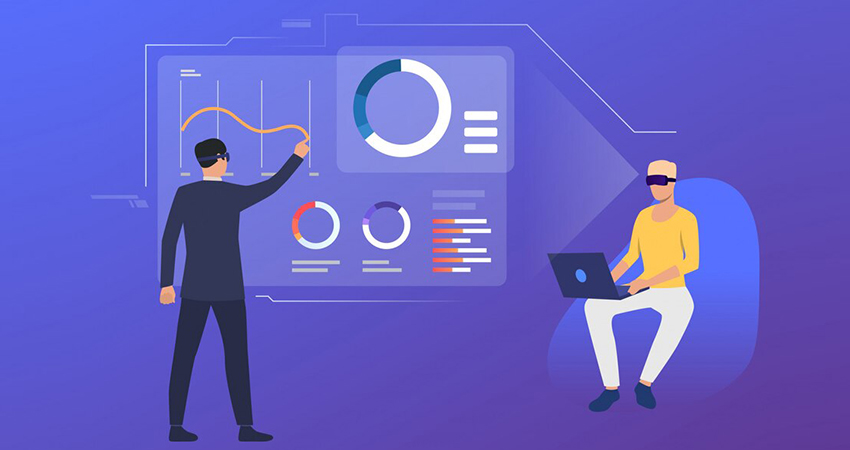The Future of Data Analytics: Trends and Predictions for 2025

Data analytics continues to evolve at an unprecedented pace, shaping industries and redefining decision-making processes. As we move into 2025, businesses and organizations must stay ahead of the latest trends to harness the full potential of data-driven insights. Here are some key trends and predictions that will shape the future of data analytics in the coming year.
1. AI-Powered Analytics Becomes the Norm
Artificial Intelligence (AI) and Machine Learning (ML) are becoming integral to data analytics. AI-driven analytics will enable businesses to automate complex processes, identify patterns, and predict outcomes with greater accuracy. Expect to see increased adoption of AI-powered analytics tools that provide real-time insights and personalized recommendations.
2. Increased Focus on Real-Time Data Processing
With the rise of IoT devices and connected systems, real-time data processing is gaining traction. Organizations will shift from batch processing to real-time analytics, enabling faster decision-making and improved operational efficiency. This trend will be particularly important in industries such as finance, healthcare, and logistics.
3. Data Democratization and Self-Service Analytics
The demand for self-service analytics tools will continue to grow, allowing non-technical users to access, analyze, and visualize data without relying on data scientists. This democratization of data will empower employees across organizations to make data-driven decisions, fostering a more agile and informed workforce.
4. Enhanced Data Privacy and Security Measures
With stricter data privacy regulations like GDPR and CCPA, organizations will invest heavily in data security and compliance. Enhanced encryption methods, AI-driven anomaly detection, and decentralized data storage will play a crucial role in protecting sensitive information and preventing cyber threats.
5. Growth of Augmented Analytics
Augmented analytics, which leverages AI to automate data preparation, insight generation, and visualization, will become more sophisticated. This technology will enable organizations to extract deeper insights from vast datasets while reducing human bias and effort.
6. Rise of Edge Computing in Data Analytics
Edge computing, where data processing occurs closer to the source rather than relying on centralized cloud servers, will see increased adoption. This will reduce latency, enhance security, and improve real-time decision-making capabilities, especially in sectors like manufacturing, autonomous vehicles, and smart cities.
7. The Expansion of Data Fabric Architecture
Data fabric architecture, which provides a unified and flexible data management framework across multiple platforms, will gain popularity. This approach simplifies data integration, ensures seamless data access, and enhances business agility in a multi-cloud and hybrid environment.
8. Predictive and Prescriptive Analytics Take Center Stage
While descriptive analytics has traditionally been the focus, businesses will increasingly turn to predictive and prescriptive analytics. These advanced analytics techniques will enable organizations to anticipate trends, mitigate risks, and optimize strategies based on data-driven forecasts.
9. Greater Emphasis on Ethical AI and Responsible Data Usage
As AI-driven analytics becomes more prevalent, concerns about ethical AI and bias in data analysis will grow. Organizations will implement more transparent AI models and ethical guidelines to ensure fairness, accountability, and unbiased decision-making.
10. Integration of Blockchain for Data Integrity
Blockchain technology will play a significant role in enhancing data integrity, security, and transparency. Businesses will explore blockchain-based solutions to prevent data tampering, ensure auditability, and create immutable records, particularly in sectors like finance, supply chain, and healthcare.
Conclusion
The future of data analytics in 2025 will be defined by advancements in AI, real-time processing, data security, and self-service analytics. Organizations that embrace these trends will gain a competitive edge, improve decision-making, and unlock new opportunities for innovation. As technology continues to evolve, staying informed and adaptable will be key to maximizing the potential of data analytics in the years ahead.





